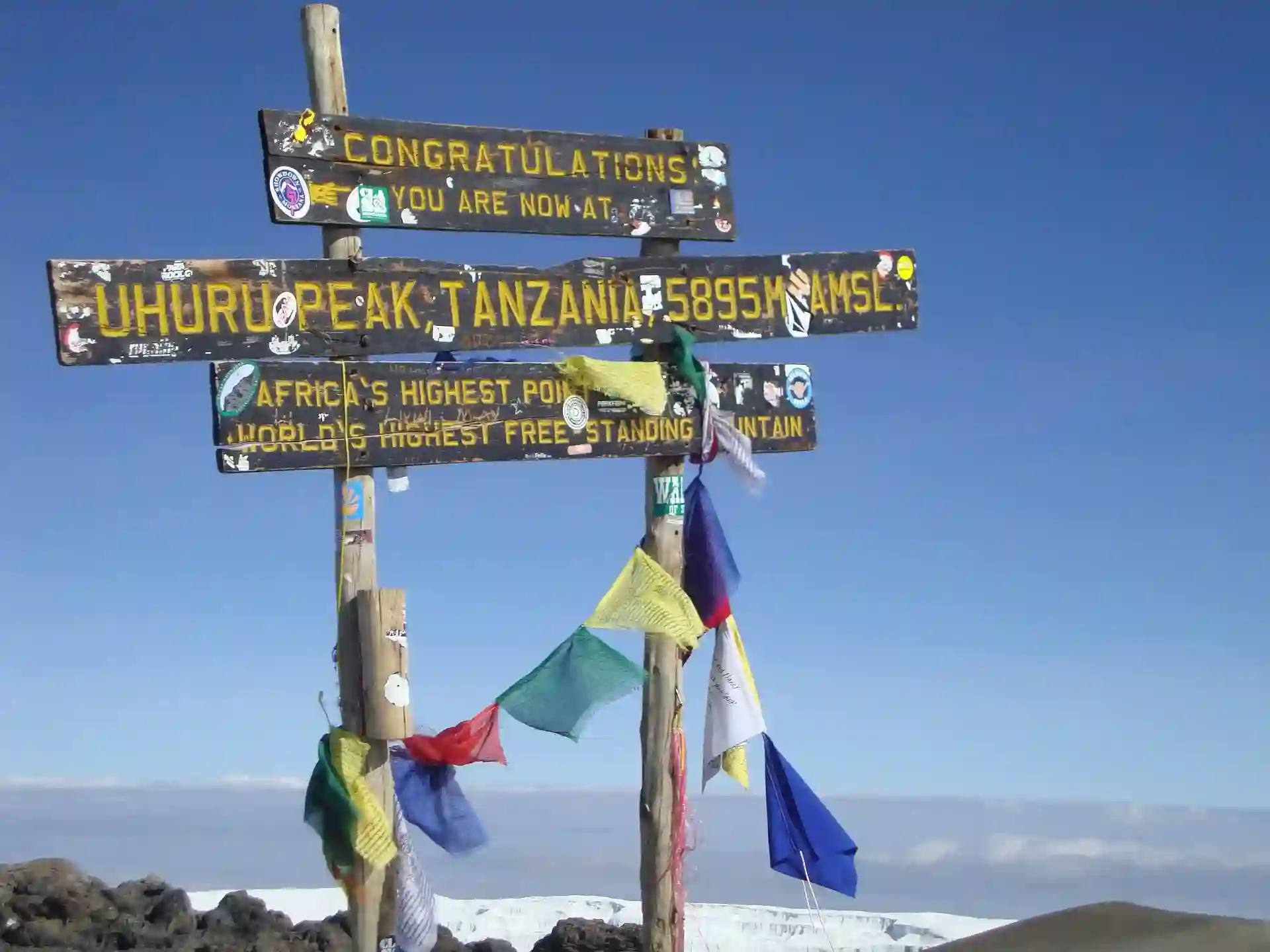How to Train for Kilimanjaro Climb
Mount Kilimanjaro is the highest mountain in Africa and hiking to the peak is a challenge that should not be underestimated. With the right information and proper physical preparation, your chances of reaching the summit increase greatly. Stamina and mental determination will play a huge role in your success. Being physically prepared also boosts your confidence and overall enjoyment of the journey.
How Fit Do You Need To Be?
Climbing Kilimanjaro is essentially a multi-day hike, so hiking is the most effective training. While general fitness is useful, the specific kind of fitness that hiking develops—endurance, leg strength, and stamina—is key. Jogging helps, but hiking, preferably on trails with elevation, is best.
Ideally, begin training 8 weeks before your trek. Include walks, strength training, and one- or two-day hiking trials. These not only improve fitness but also help mentally prepare you for the adventure.
Medical Check-up
Before starting any physical training, consult your doctor. Share your training plan and let them assess your readiness for a high-altitude trek. A professional opinion ensures you can train safely and effectively.
Progressive Resistance Training
Our gym program uses progressive resistance with free weights or machines. This approach allows you to build strength steadily, regardless of age or current condition. As your body adapts, increase resistance every two weeks for optimal results.
Be sure to alternate muscle groups and allow at least 48 hours of recovery between sessions involving weights.
Warm-up & Safety Tips
Warm up before any workout using stretches to activate muscles, joints, tendons, and ligaments. Proper warm-up reduces the risk of injury. Follow safety procedures during all exercises, and if you’re new to the gym, consult a fitness trainer to ensure correct form.
Gym Guidelines
- The guideline is adaptable to your time and fitness level.
- Begin with light weights for the first two weeks if unfit.
- Gradually increase resistance every two weeks.
- Allow muscle groups 48 hours to recover after weight sessions.
- Perform exercises in the recommended sequence.
- We can help you tailor this for home gyms.
- If time permits, add upper body exercises for balance.
Kilimanjaro Walking Program
Take frequent hikes with elevation changes. Carry a daypack with at least 3 liters of water or equivalent weight to simulate real conditions. Local hiking trials are great for physical and mental readiness.
If the weather is bad, use a treadmill and adjust incline and decline to simulate trail conditions. Stop hiking at least 4 days before the climb for recovery.
By following this 8-week program, you'll build enough endurance to walk up to 100 kilometers in a week. With that foundation, you'll be ready—both physically and mentally—to reach the Roof of Africa!
















